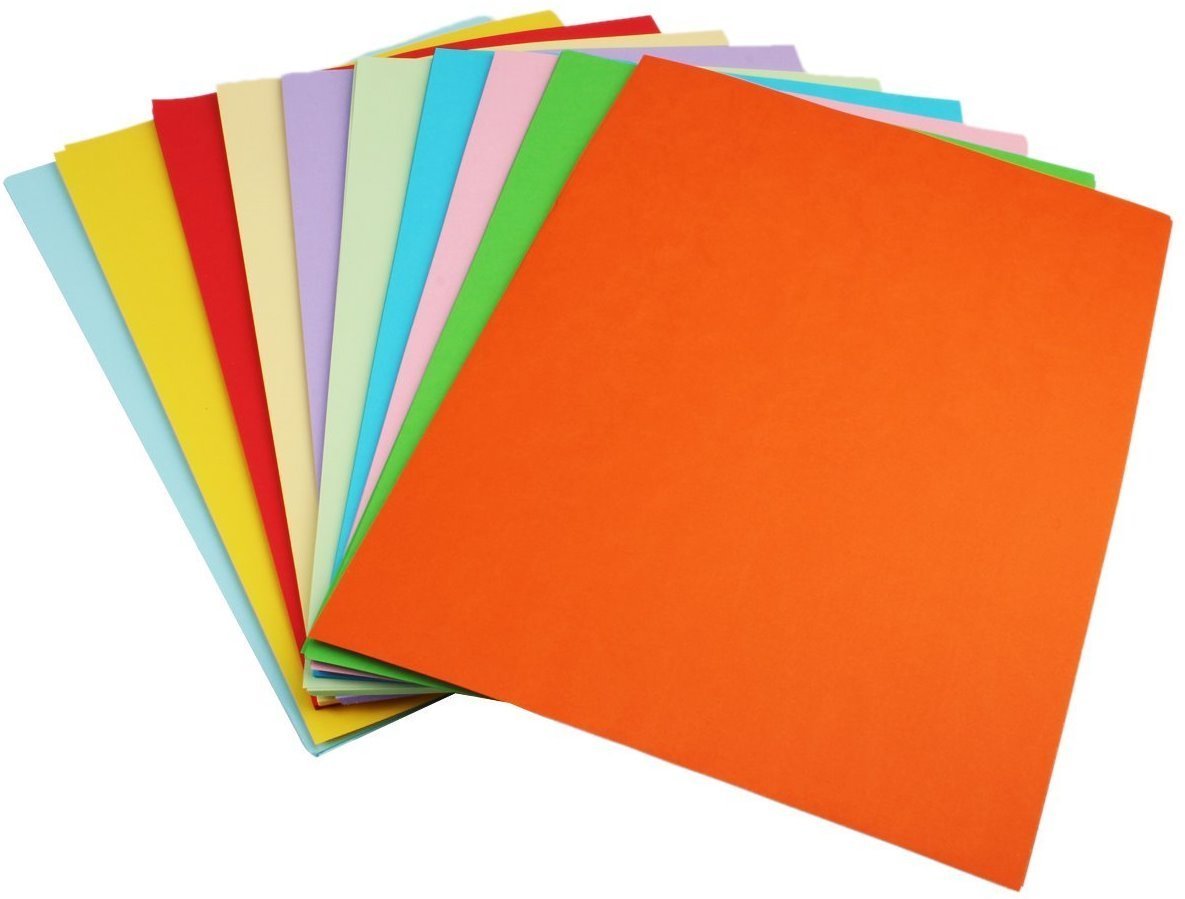When it comes to preserving the freshness of vegetables, the storage method plays a crucial role. Among the various options available, the question arises: Can I store vegetables in a paper bag? This article delves into the intricacies of vegetable storage, examining the benefits and limitations of using paper bags, while also providing practical tips for maintaining the quality of your produce.
Understanding Vegetable Respiration
Before we explore the suitability of paper bags for vegetable storage, it's essential to understand the concept of respiration in vegetables. Vegetables continue to respire after being harvested, a process that involves the exchange of gases—specifically oxygen and carbon dioxide. This respiration leads to the degradation of quality over time, affecting texture, flavor, and nutritional value. Therefore, the storage environment must be carefully controlled to slow down this process.
The Role of Paper Bags in Vegetable Storage
- Breathability:
One of the primary advantages of using paper bags for storing vegetables is their breathability. Unlike plastic bags, which can trap moisture and create a humid environment conducive to mold growth, paper bags allow for air circulation. This is particularly beneficial for vegetables that are sensitive to excess moisture, such as mushrooms and leafy greens. The porous nature of paper helps to absorb excess moisture while still permitting the escape of ethylene gas, a natural plant hormone that accelerates ripening. - Temperature Regulation:
Paper bags can also help in regulating temperature. When vegetables are stored in a cool, dark place, the paper bag can provide a slight insulation effect, protecting them from temperature fluctuations. This is especially important for root vegetables like carrots and potatoes, which thrive in stable, cool conditions. - Short-Term Storage:
While paper bags are effective for short-term storage, they are not a one-size-fits-all solution. For vegetables that are prone to wilting or drying out, such as herbs and leafy greens, it is advisable to use a damp paper towel inside the bag to maintain humidity levels. However, this method should be monitored closely to prevent excess moisture buildup.
Limitations of Paper Bags
Despite their advantages, paper bags do have limitations. For instance, they are not suitable for long-term storage of all vegetables. High moisture content vegetables, such as cucumbers and bell peppers, may not fare well in paper bags, as they can quickly become limp and lose their crispness. Additionally, certain vegetables, like onions and garlic, should be stored in a well-ventilated environment rather than a closed bag to prevent sprouting and spoilage.
Best Practices for Storing Vegetables in Paper Bags
To maximize the benefits of using paper bags for vegetable storage, consider the following best practices:
- Choose the Right Vegetables: Opt for vegetables that benefit from a breathable environment, such as mushrooms, leafy greens, and root vegetables.
- Monitor Humidity: For moisture-sensitive vegetables, consider placing a slightly damp paper towel inside the bag. Check regularly to ensure that the towel remains damp but not wet.
- Store in a Cool, Dark Place: Keep your paper-bagged vegetables in a cool, dark area, such as a pantry or a vegetable drawer in the refrigerator, to prolong freshness.
- Avoid Overcrowding: Give your vegetables enough space in the bag to allow for air circulation. Overcrowding can lead to bruising and accelerated spoilage.
Conclusion
In conclusion, storing vegetables in a paper bag can be an effective method for maintaining their freshness, provided that the right practices are followed. While paper bags offer breathability and temperature regulation, they are best suited for short-term storage of specific types of vegetables. By understanding the unique needs of your produce and implementing proper storage techniques, you can enjoy the full flavor and nutritional benefits of your vegetables for a longer period. So, the next time you ask, Can I store vegetables in a paper bag? remember that the answer is not just a simple yes or no; it’s about knowing which vegetables thrive in this environment and how to care for them properly.


